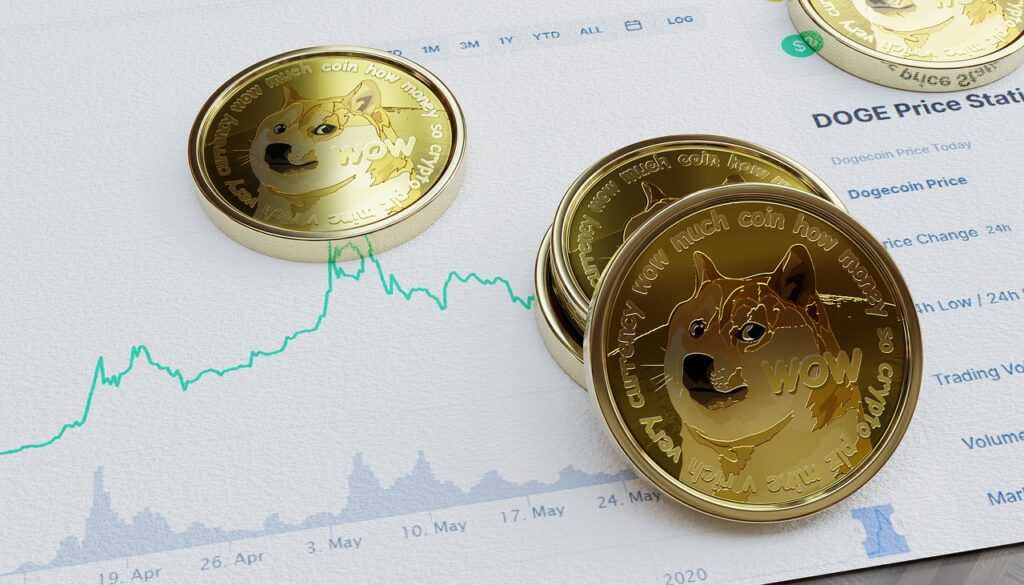Understanding Previvass
The term “previvass” got its legs from the concept of being a “previvor”—a person who hasn’t had cancer but is at higher risk because of genetics or family history. Previvass expands this idea. It’s more than just risk management; it’s a mindset. It’s for the planners, the checkers, the ones who want to take their future into their own hands.
It could be someone with a BRCA1 gene mutation opting for rigorous breast screenings or even preventive surgery. It could also be someone making big lifestyle changes based on family history—like adopting a strict cardiac health regimen due to a legacy of heart disease. The point? Previvass is about empowerment. It’s about taking action today to dodge the bullet tomorrow.
Why Previvass Matters Now
Let’s be real. Healthcare is reactive by default. You go to the doctor when something feels wrong. But with the rise of genetic testing, personalized medicine, and wearable health tech, it’s never been easier to understand your personal risk factors. Previvass aligns perfectly with this shift.
The benefits are massive. Detecting risk early and acting accordingly doesn’t just save lives. It saves money, time, and sanity. Insurance companies are starting to catch on, and some are even beginning to cover preventive options that were once considered elective. That’s gamechanging.
And then there’s mental clarity. Knowing you’re actively reducing your risk rather than waiting around for a worstcase scenario? That’s peace of mind with a daily payoff.
Who Is Living the Previvass Life?
Here’s a snapshot: Women with a strong family history of breast or ovarian cancer often choose preventive mastectomies. That’s one highprofile example thanks to celebrities who’ve gone public with their decisions. But it’s not just about big surgeries.
Plenty of people are living the previvass lifestyle more subtly. Picture someone who religiously tracks their sleep, nutrition, and stress to counter a genetic risk for diabetes. Or someone who’s meticulous with regular colonoscopies because colorectal cancer runs in the family.
There’s no single way to “do” previvass. It’s not a onesizefitsall pattern. It’s personal, fluid, and grounded in selfawareness.
Tools and Strategies to Be a Previvass
Jumping into the previvass mindset doesn’t mean you overhaul your life overnight. Small, intentional changes stack up. Here’s how to start:
1. Know Your History: Talk to your family. Dig into medical records if they’re available. Patterns can emerge that alert you to hereditary risks.
2. Get Tested (Smartly): Genetic testing isn’t for everyone. But if you do choose it, work with a counselor or specialist who can interpret the results and guide next steps.
3. Consult a Proactive Healthcare Team: Your doctor should be part of the prevention squad, not just the fixit crew. The good ones will listen, not roll their eyes when you bring up risk mitigation strategies.
4. Find (or Build) a Support Network: Whether it’s online communities, local groups, or just some likeminded friends, support makes the path forward a lot smoother.
5. Stay Ahead With Tech: Wearables, food tracking apps, mindfulness tools—all can play a role in monitoring and improving your health with precision.
The Fine Line Between Preparing and Overthinking
Let’s address the elephant. Constantly worrying about what might happen can feel like a slippery slope into anxiety. That’s not the goal of previvass. The goal is to activate, not agonize.
Being a previvass isn’t about living in fear of your DNA. It’s about making intentional choices—focused, informed, and sustainable. There’s a balance between being hyperalert and being appropriately vigilant. That balance is different for everyone, and that’s okay.
The Future of Previvass
As more people opt into this proactive model, we’ll probably see the term “previvass” evolve. It might gain medical recognition. Certain screening protocols might get restructured around preventionfirst paradigms. It’s already starting in pockets—like enhanced insurance benefits for lifestyle interventions.
But it doesn’t have to take an official stamp to make an impact. Cultural movements often begin at the grassroots level, and it looks like previvass is heading that route.
Expect the idea to pop up in more conversations, more wellness content, and more health checklists—not as a trend, but as a smarter baseline.
Final Thoughts
Here’s the punchline: You don’t have to wait for a diagnosis to start caring about your health. The philosophy behind previvass is simple—take control before disease takes hold.
It’s not allornothing, and it’s not about trying to cheat biology. It’s about outmaneuvering complacency with intention and good data. That might mean regular checkins with your body, or a single big preventative decision. Both count.
Previvass is a growing movement powered by curiosity, courage, and smart effort. If you’re thinking ahead, you’re already part of it.




